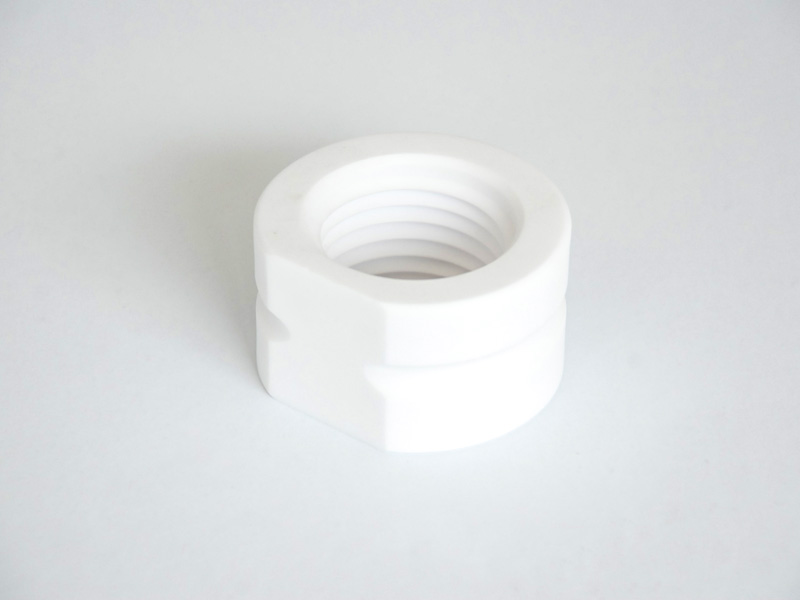The applications of technical ceramics are numerous, with many end-use industries utilizing the materials. According to the International Trade Center, electronics and semiconductors accounted for the largest market share in 2015, followed by automotive, energy & power, medical, and industrial. The medical industry is expected to have the fastest growth in the next decade, due to its relatively low cost of labor and materials. However, this trend may not last long, as technical and industrial ceramics are also employed in consumer products.
As a result, advanced technical ceramics are emerging as an important material for many applications. Al 2 O 3, ZrO2, and SiC are examples of materials that are commonly used in industrial settings, although they are also used in medical applications. The fabrication of these components generally involves conventional powder metallurgy methods, though some require post-sintering machining. The advanced technical ceramics are difficult to work with conventional techniques, and therefore require the use of diamond tooling and cubic boronitride to create parts.
Silicon carbide is an outstanding technical ceramic with excellent thermomechanical and non-corrosive properties. Because of this, silicon carbide technical ceramics are ideal for the chemical industry. They have high refractory temperatures and a high hardness. These properties are measured with a Vickers test or an indentation. The hardness value is expressed in Kg/mm2 (Kg/mm2), the Young's modulus, and the force required to propagate a defect. In addition, thermal shock resistance is measured in a change in temperature.
Increasing consumer demand for electronics is fueling the rapid growth of the technical ceramics industry. The need for these materials in medical and electronic industries is fueling the industry's rapid expansion in China and Asian markets. In 2017, the global electrical & electronics equipment industry was valued at $2.8 billion. This industry utilizes a wide variety of technical and medical ceramics to manufacture the components used in such equipment. This is one of the fastest-growing industries, as the demand for these materials is growing exponentially.
The most popular types of technical ceramics are silicon carbide. These materials are ideal for the chemical industry due to their excellent thermomechanical properties and corrosion-resistance. Other types of technical ceramics include titanium and zirconia, but there are many other types of material. There are several different types of technical ceramics. In order to learn more about the application and market, contact a specialist in your area.
Silicon carbide is a common type of technical ceramics that combines outstanding mechanical and thermomechanical properties. These materials are ideal for use in the chemical industry because of their high refractory temperatures. Furthermore, they have high hardness, which makes them perfect for various industrial applications. Indentation and Vickers tests are typically used to determine the hardness of these materials. The hardness of technical ceramics is measured by its Kg/mm2 density. Its fracture toughness and thermal shock resistance are measured by the Young's modulus.
The industry is dominated by the non-oxide ceramics. The first two types of technical ceramics, however, are highly compatible with each other. For instance, silicon carbide is a great material for electronic equipment, but it also has exceptional mechanical and electrical properties. In addition to being lightweight, technical materials are excellent for a number of industrial applications. The demand for these materials continues to grow as technology advances. There are many different types of technical-ceramics, which are often utilized in manufacturing industries including electronics, aerospace, and consumer goods.
 EN
EN
 Chinese
Chinese







